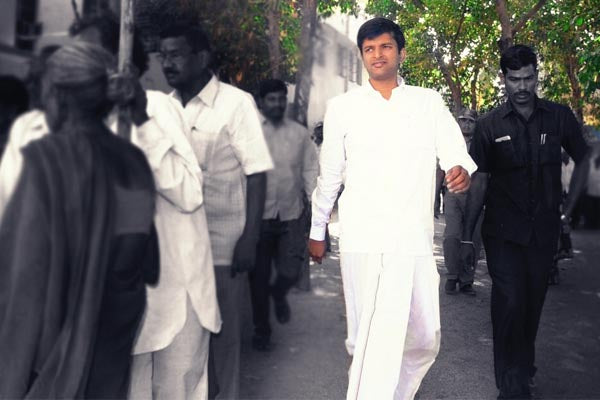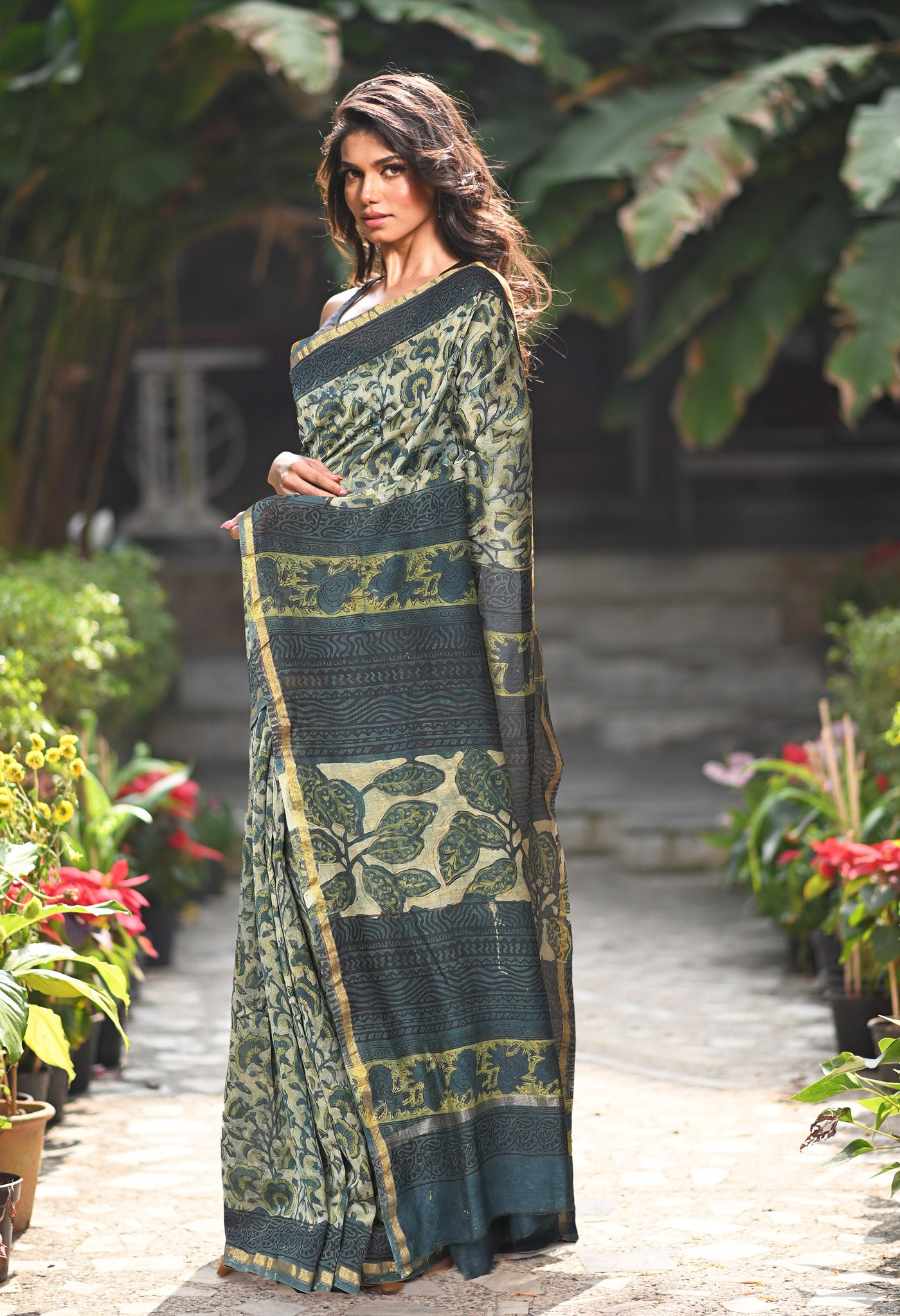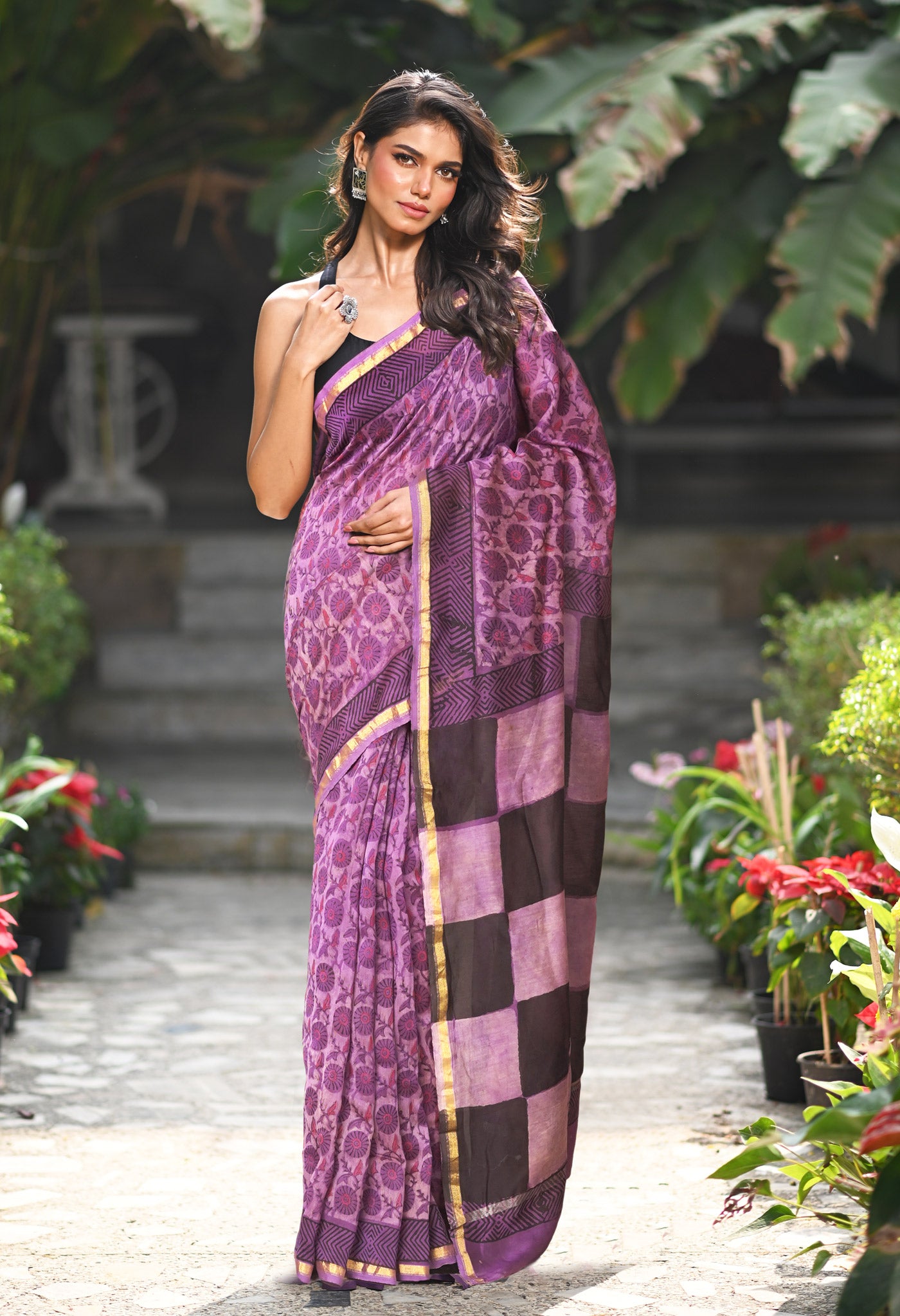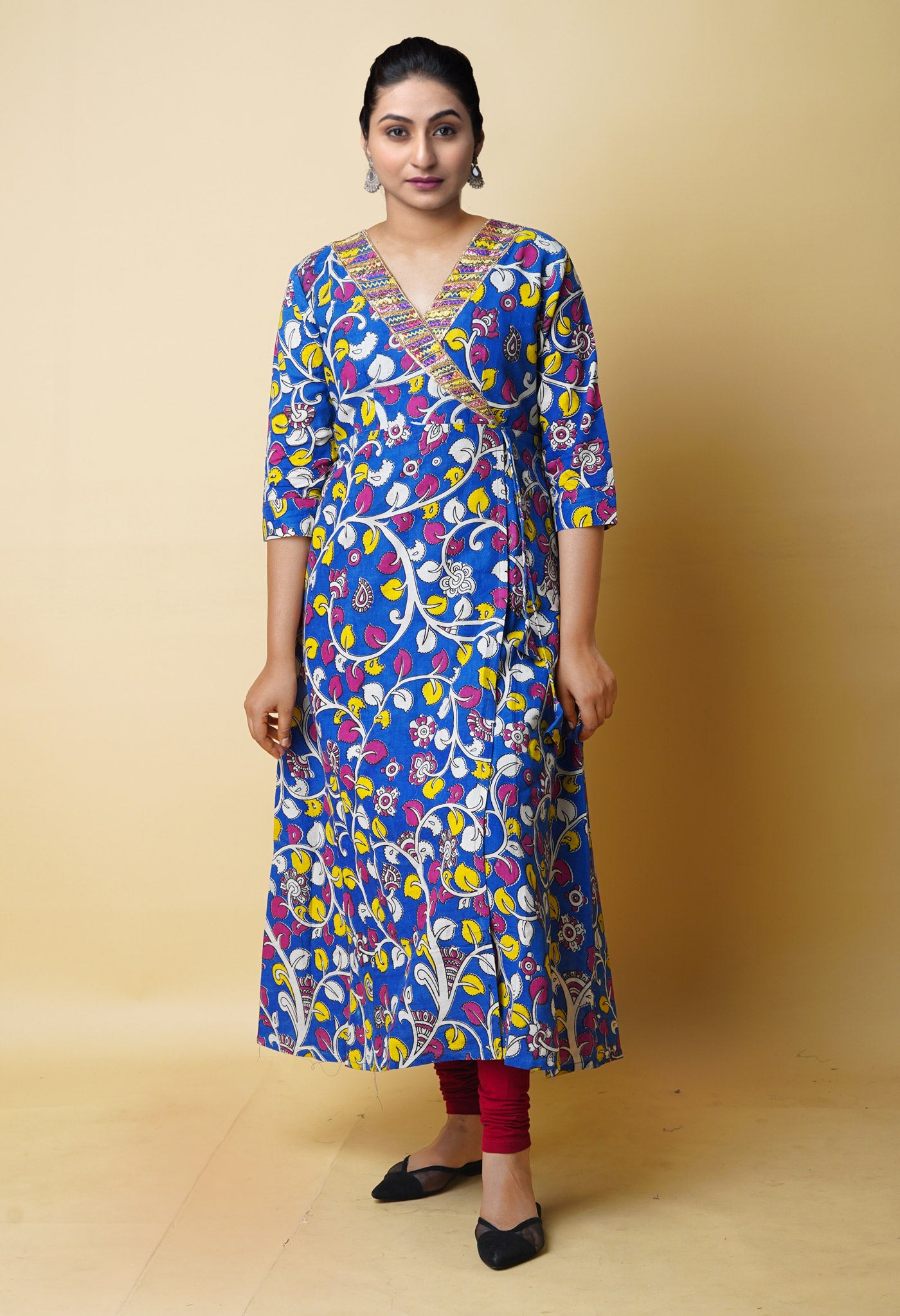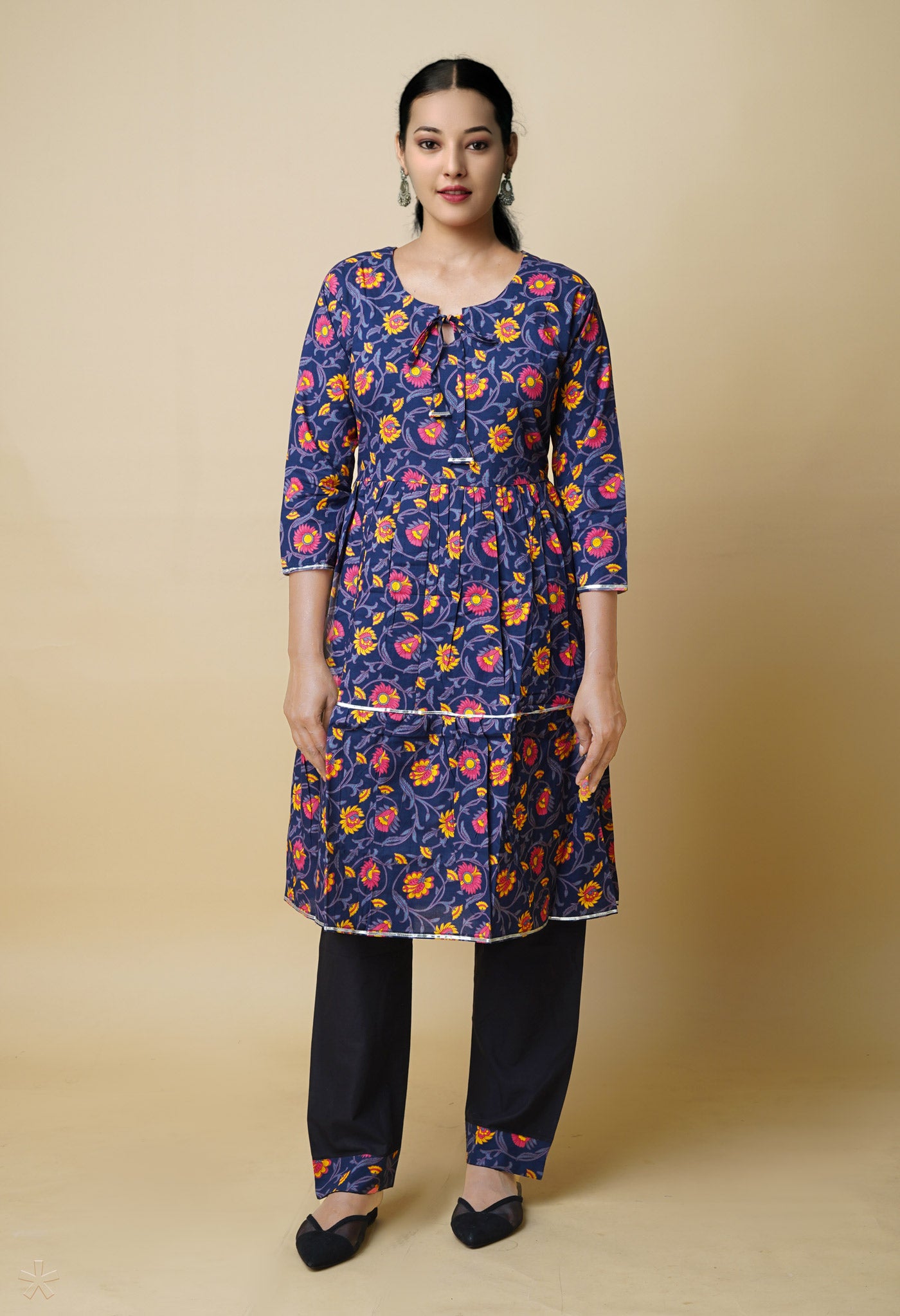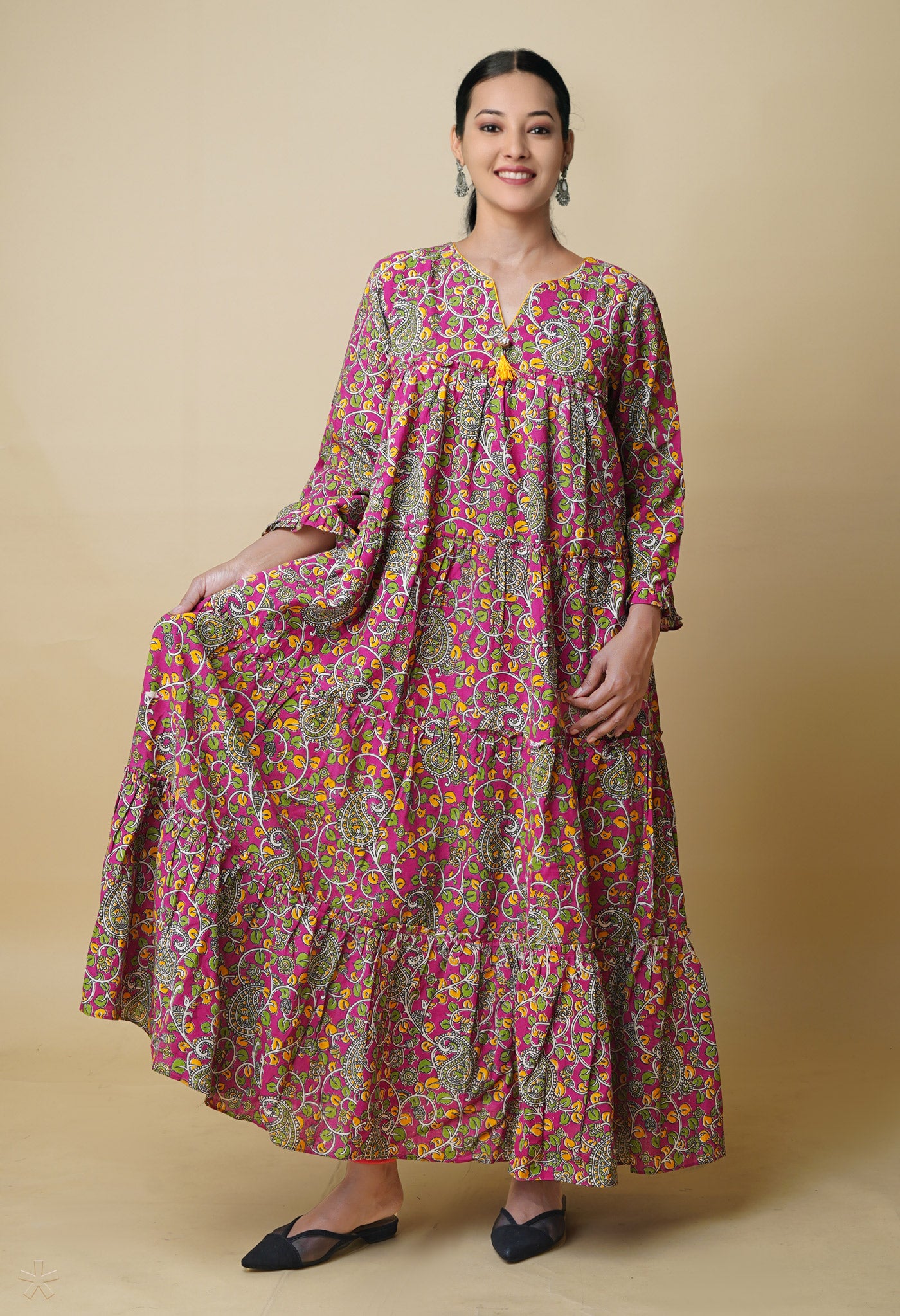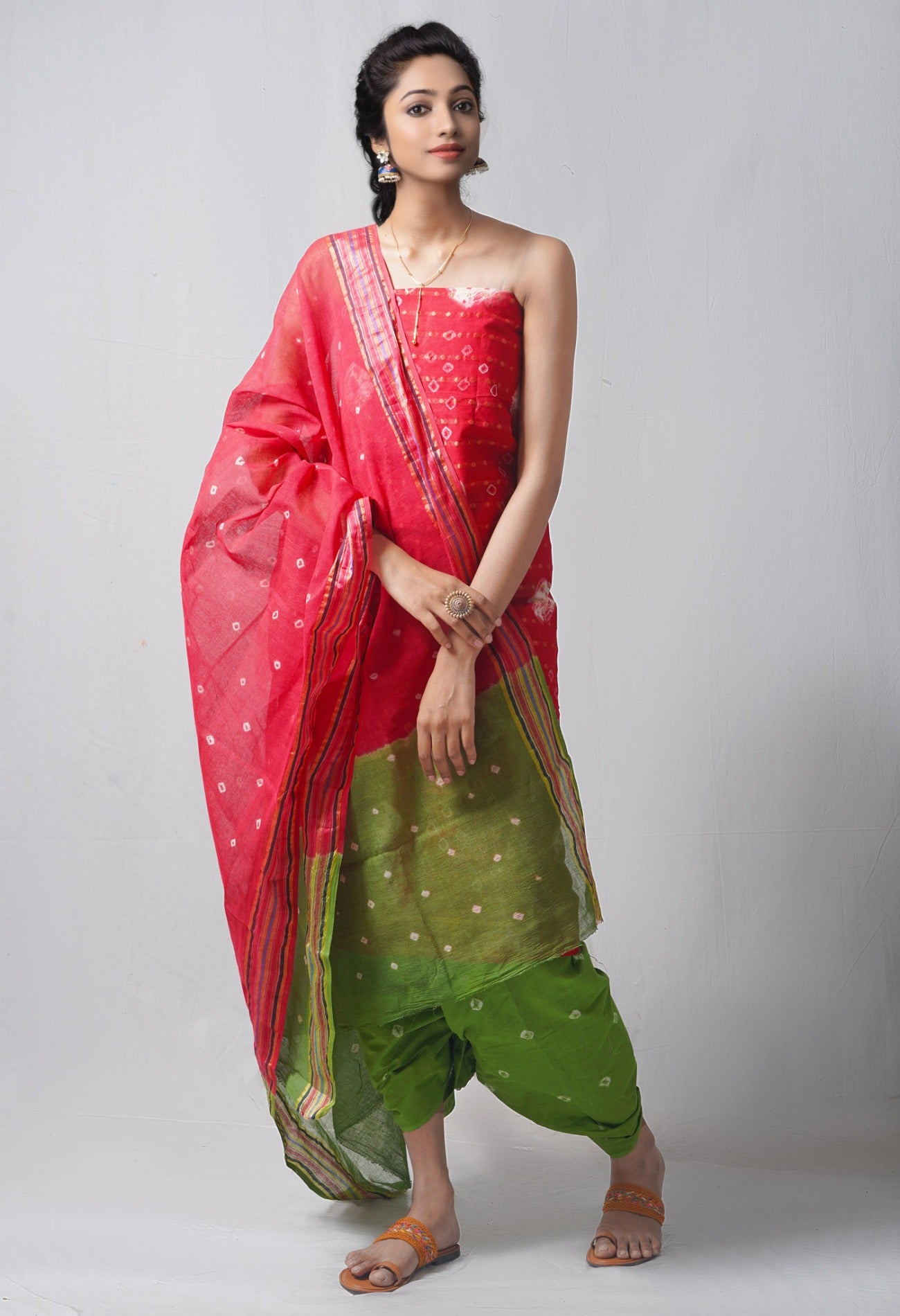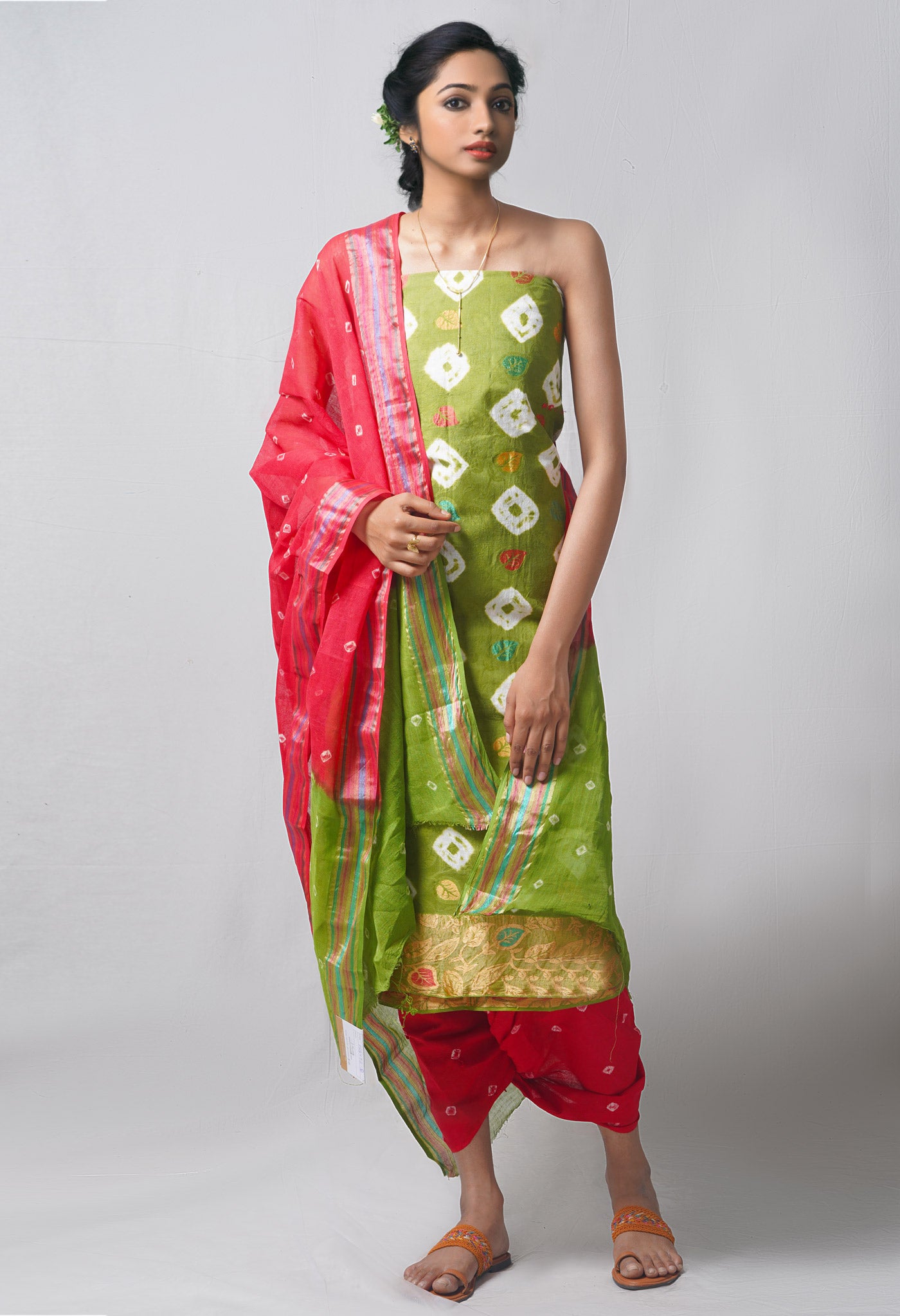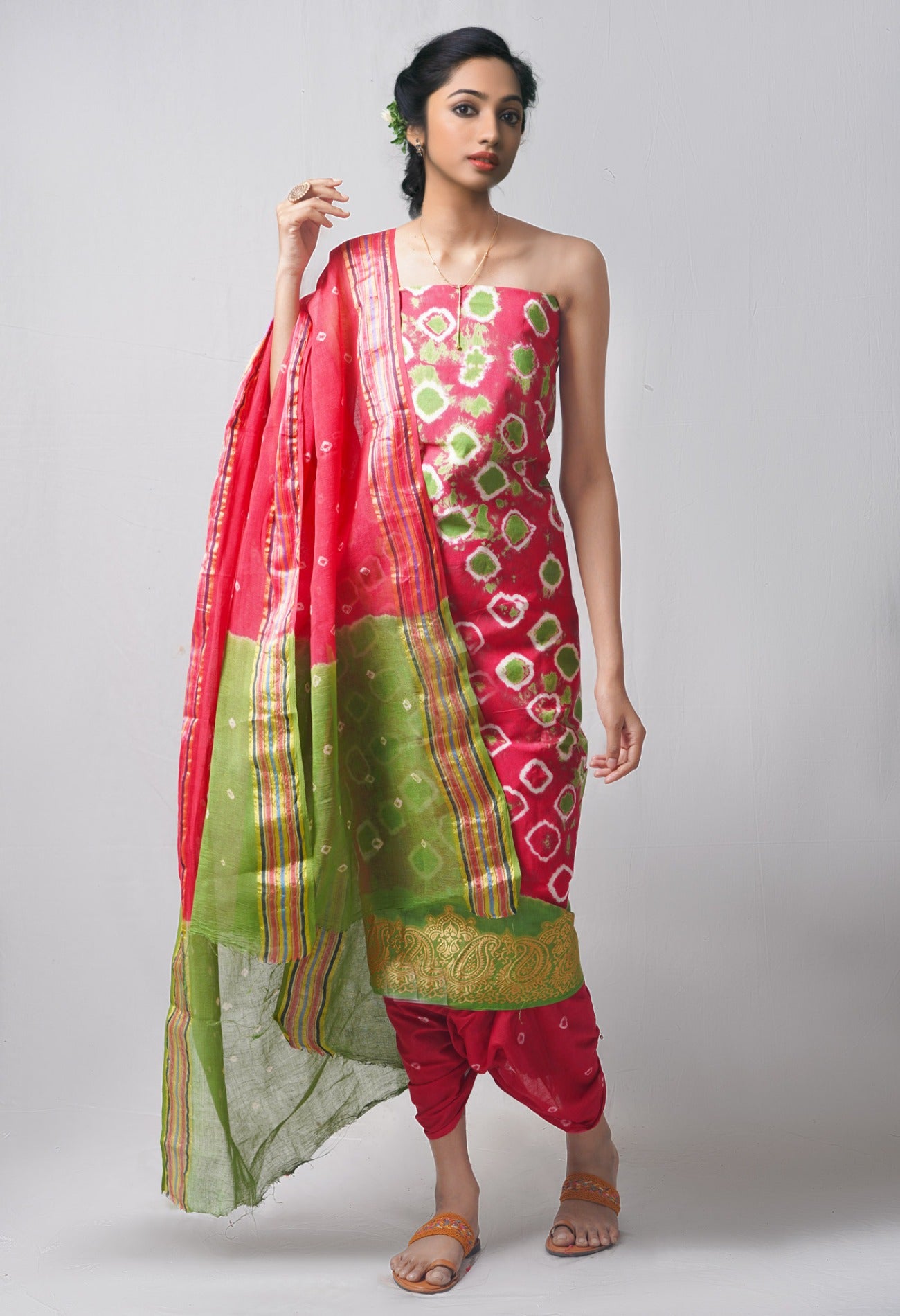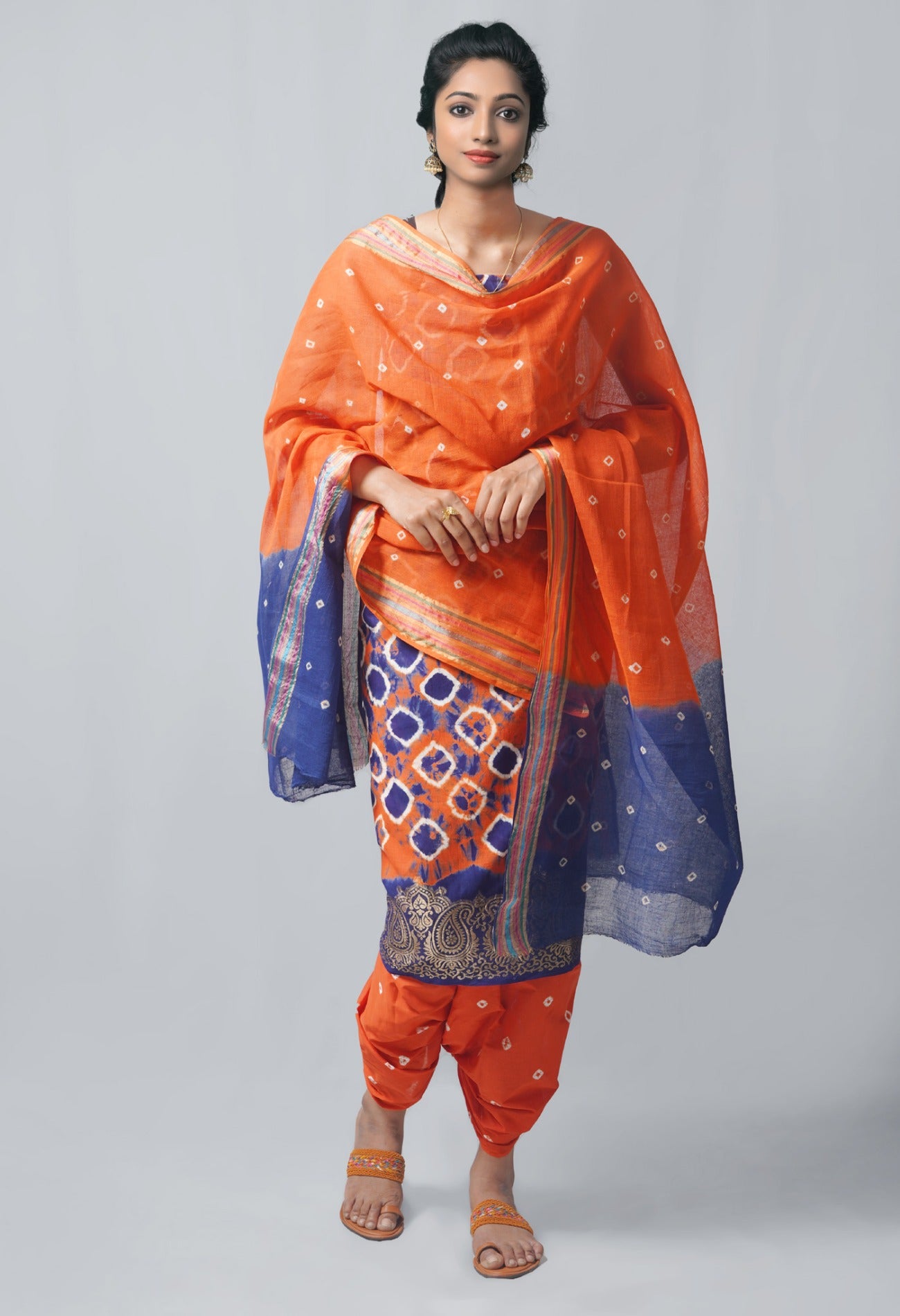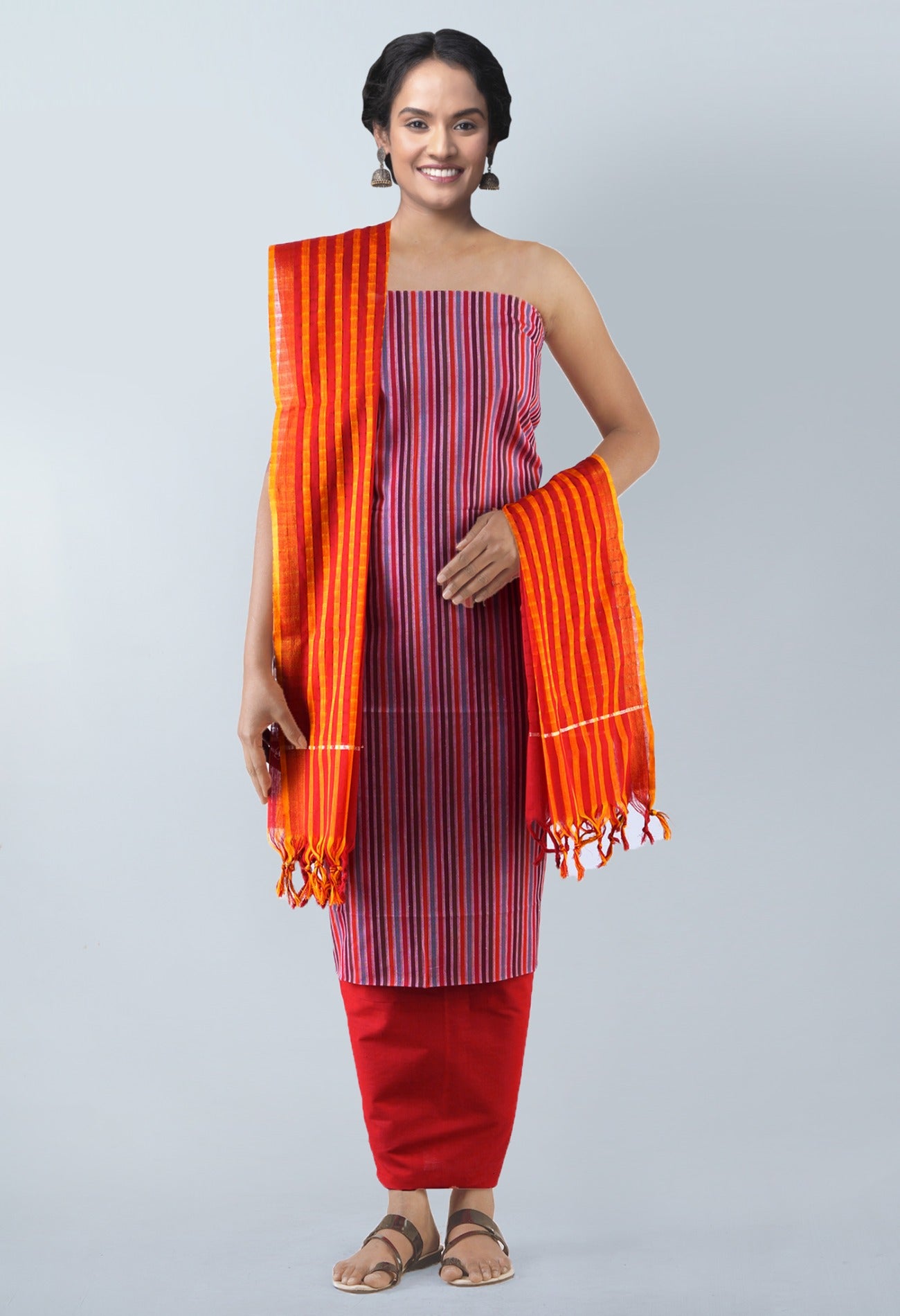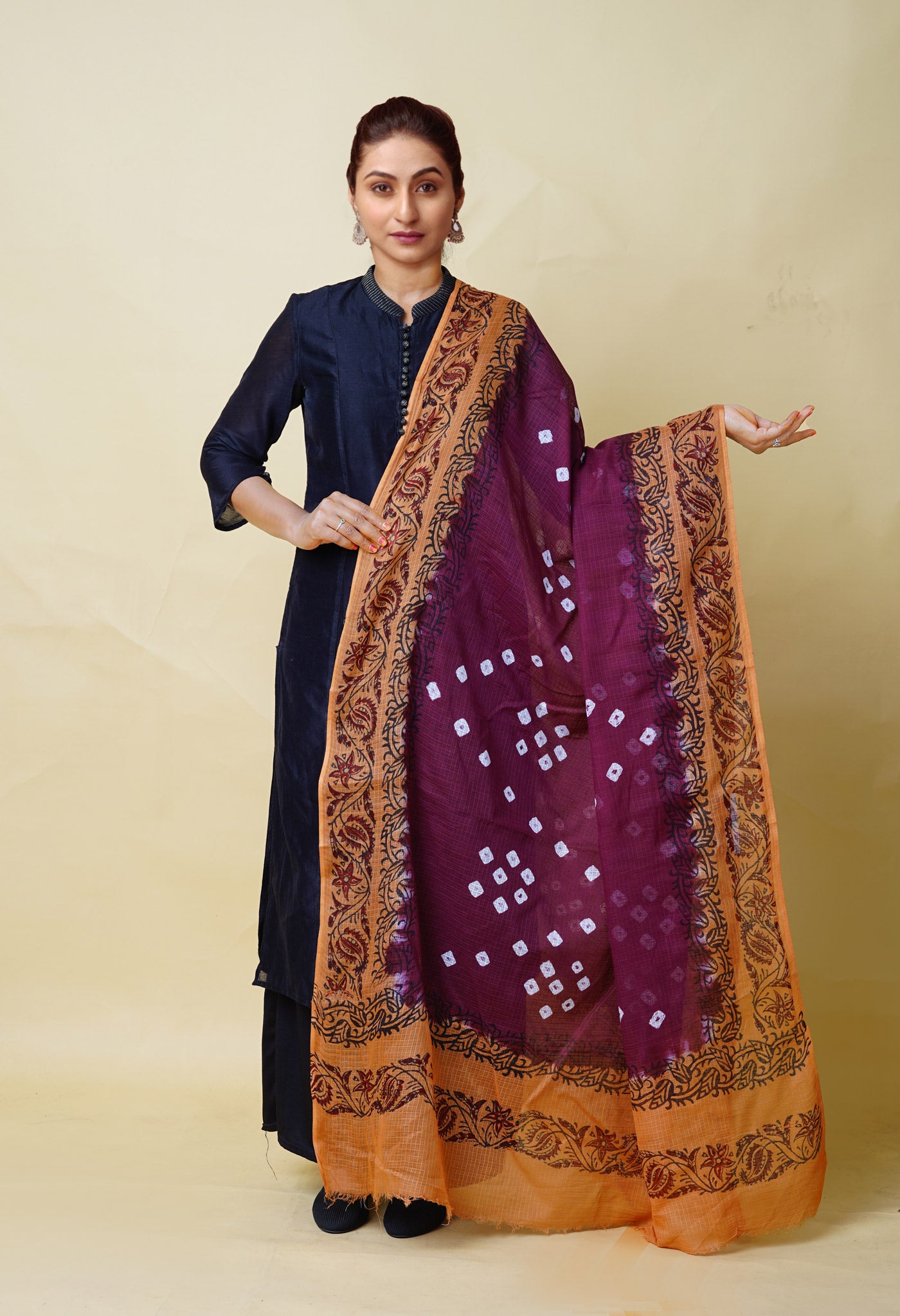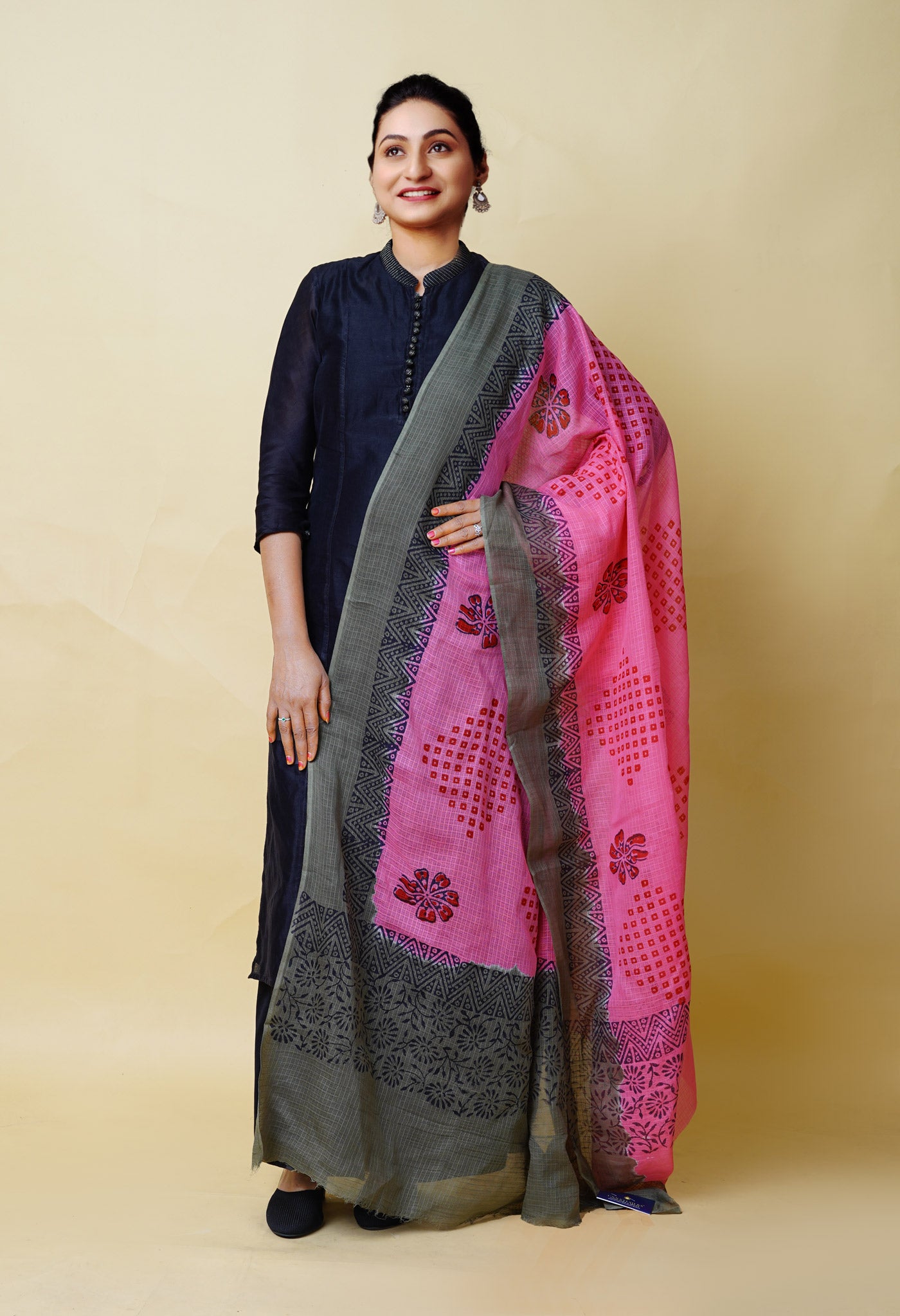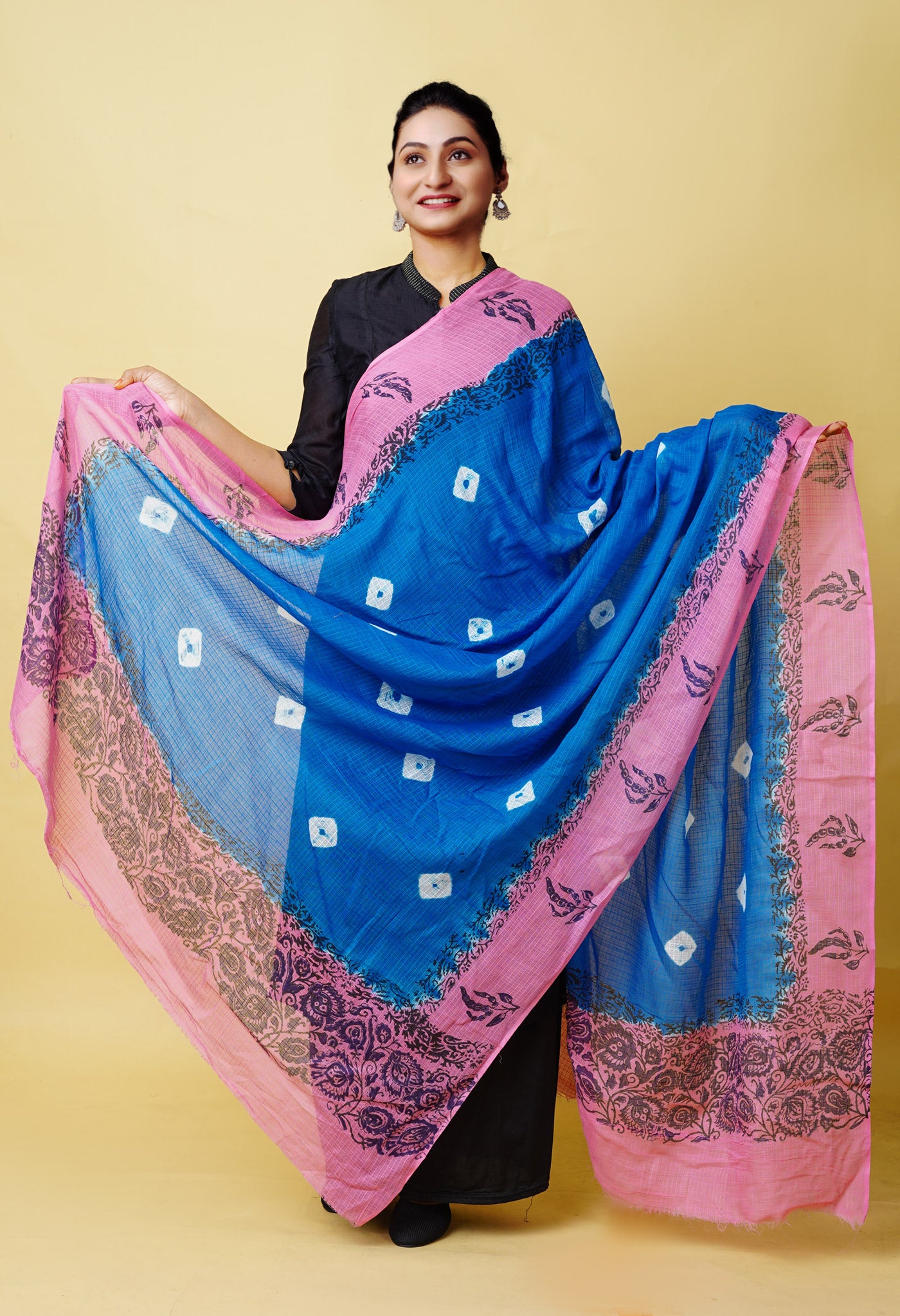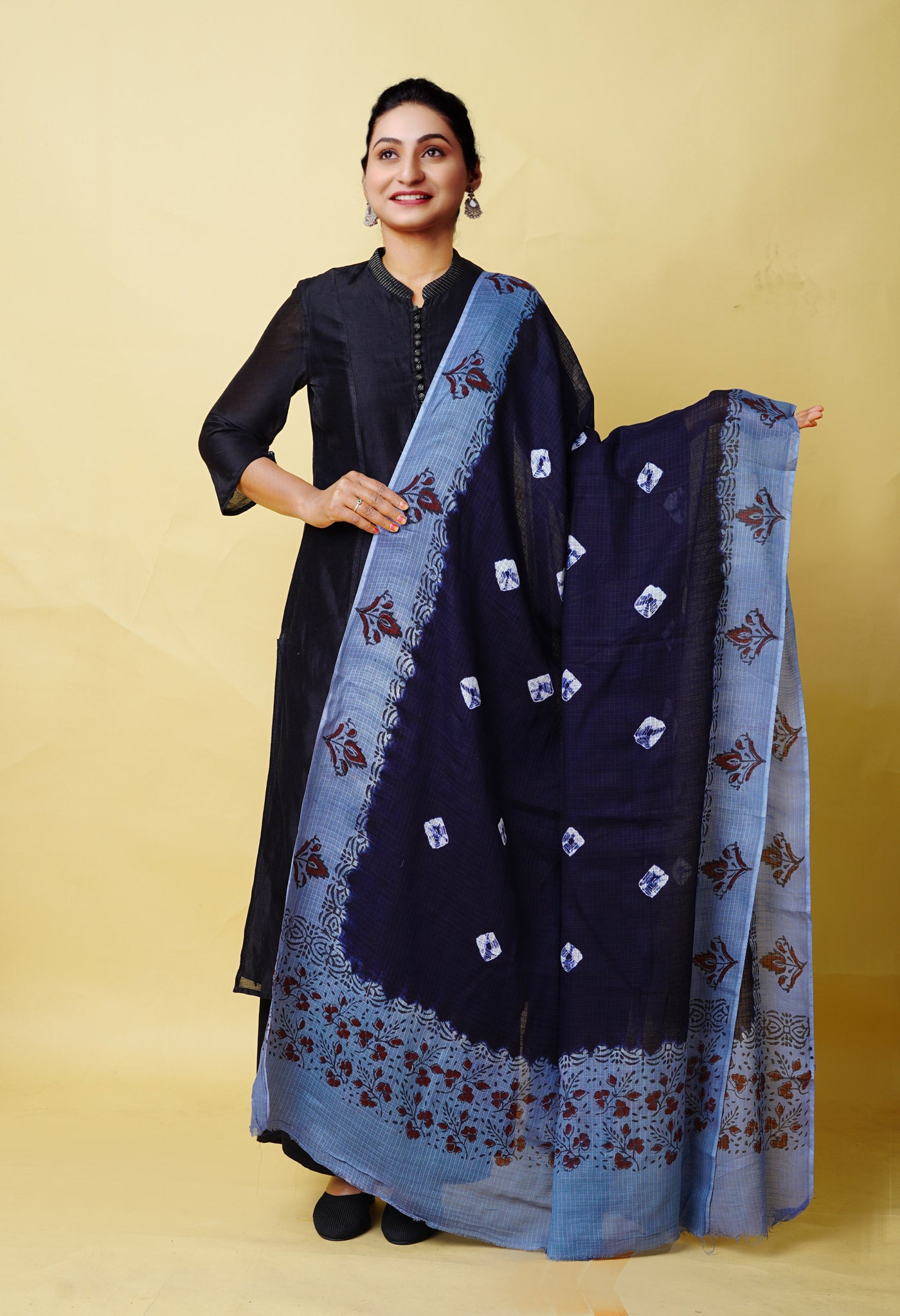
This Republic Day, Celebrate 70 Years of Indian Saree Evolution with us
Ask any Indian woman about the saree and she will say “It is all about looking good comfortably”. True isn’t it? Flexibility, comfort, ease of movement, variety and so very many other likeable qualities are all part and parcel of this Indian garment’s virtues. Add to it what Mr. Devender Ladha, CEO of Unnati Silks usually says about it. “The handloom saree captures the spirit and tradition of the Indian ethos in its weave. The threads of the fabric that form a fine lattice, bind and strengthen the different cultures and linguistic differences into one whole entity – the nation, and which finely spells out the underlying message – in the diversity lies our unity”.
Free India celebrates its 69th Republic Day Celebrations after its first celebration on January 26th, 1950, completing 68 years since the introduction of the Constitution of India. A wonderful occasion as any, Unnati Silks sees fit to trace the travel path with images of the wonderful Indian saree. Once used as day-to-day wear, embraced as a garment to explore and experiment with by the designers, today it is the most sought after fashion garment of most Indian women including Bollywood. When Bollywood divas like Aishwarya Rai, Sonam Kapoor, VidyaBalan, Shilpa Shetty & Co., with their panache for carrying themselves well in any attire, sport the saree most often in media glare, it becomes natural for their huge fan following to emulate their tastes and style.
A simple journey best described in images from black and white vintage to the colour era tracing almost seven decades since 1950, shows how Indian women have taken to this piece of clothing in every walk of life and shown the desirability and dash that it evokes.

Era of Poise & Grace– Before 1940’s
India got Independence in the year 1947. The British Raj could rule India’s land but definitely not its spirit & fashion.
And these images are testimony to the fact. The period marked with grace, elegance & absolute fearlessness
Pins and brooches were around earlier but the round, jewelled brooch caught on in this period. Generally they held the pleats at the shoulder together, but here onwards the pleats were often bunched and then fastened, the loose end could then be readily draped over the head if required as Sarojini Naidu used to wear. The 6 yard saree became popular during this time and pins were used more, especially by those not liking the brooch method.
Khadi was also born in this period, and spinning was created for the poor to improve their living by Gandhiji. Naturally Khadi sarees took a front seat too as part of the Nationalist Movement.
Excitement in the Air – The 1950’s
The 1950s was the first decade of India as an independent, sovereign country. After the excitement of the 30s and 40s, it is a decade in which the excitement lies in nation-building. And so the fabrics are rich Banarasi, regal handlooms.
This was the era of Maharani Gayatri Devi, regarded as the Most Beautiful Woman in the world.

Bold & Beautiful – The 1960’s
This was the period when Bollywood started influencing the fashion trends across the country. Madhubala, Vyjantimala, SairaBanu, Nargis.
It was an era were Women were ready to experiment with various drapes and silhouettes. Blouse patterns had seen many bold avataars like stylish sleeveless blouse, rich collared neck blouse, bold deep neck blouse and more
With see-through layered sarees, Mumtaz brought a new way of wearing saree by casing the pallu twice, with the narrow border creating a circle above the waist and another below the knee.

Heirloom Handlooms – The 1970’s
The 70s saw a radical change in saree dressing. A new carefree dressing, confident and novel style of drape and design came into vogue. Simple stylish retro was replaced by the dazzling disco style. Sharmila Tagore was responsible for initiating the bold look of Bollywood Fashion with synthetic transparent sarees paired with low-neck laced blouses. Jaya Bachchan can be referred to as the Queen of Cotton sarees. The glamour quotient was heightened by divas like Hema Malini and Rekha, who sizzled in their Kanjivaram, printed and fashionable sarees.
Handlooms got a new lease of life all thanks to the Dynamic Indian Prime Minister – Srimati Indira Gandhi

Not afraid to Experiment – The 1980’s
The 80s had a lot of geometric patterns stitched together, ruched kurtas, large floral motifs etc. somewhat like “Indo-Western”. Fashion blossomed with the “Contrast piping” blouse which picked up the sari colours like Rekha wore, matching blouse pieces based on the sari or the border, plain satin sarees often in pale shades with blouses of the same material were all trends that went well with the market.

Glam it Up – The 1990’s
90s was the era which brought in the Manish Malhotras and Sabyasachis into Bollywood. Remember Madhuri Dixit in her satin saree in Hum Aapke Hain Kaun? While this had the saree still going strong with Bollywood heroines like Karishma Kapoor sporting south Indian varieties, chiffons, Aishwarya the lehenga outfit, other heroines ushered in other outfits as well.

Bling It On !! – The 2000’s
It was the start of the millennium and innovation and refinement were prime to a whole new lot of designers. Bollywood inspired with backless patterns, sleeveless and deep neck blouses, Fishtail Sarees, Gottapatti work and Zardosi.
Fashion Designers became part of Main stream India and was no longer reserved to the royals.

Less is More – The 2010’s
This is the age of Sophistication. It’s the age of staying true to your skin. Handlooms are ruling the Fashion scene.
“Less is More” is the Mantra of the season

Image Courtesy : Vintage Blog by Anu, National Library of India, Bollywood Archives, Unnati Silks – The Handloom Store
Unnati Silks & Handlooms
Unnati Silks has brought almost all varieties of handlooms that are woven across the country under one roof, simply because the worth of a handloom saree lies in the excellence in the creation of the product. It is this discernment, the belief, the faith in the craftsmanship of the ethnic artist in his work that has been the foundation of a very strong and lasting association with the weaving community. Unnati Silks has throughout had a good innings in handlooms, an association that dates back four decades. Its reach is not restricted to one area or region, but has spread to all corners of India since long.

“The worth of a handloom does not lie in its pricing, or the added value of the constituents in its making. It goes far beyond that. When a weaver handles his loom, he puts his knowledge, ability, skill and devotion to the test. He does not mind the restricted bounds within which he has to operate, the limited tools at his disposal, the hardships of his daily existence, the uncertain reward for his effort. His entire focus is on the task at hand, his sole mission is to create a wonder that first and foremost he should be proud of. It is this effort that goes into each and every product that makes it a precious offering, the dedication in the sustenance of a tradition a priceless heritage that India should be proud of.”
[/vc_column_text][/vc_column][/vc_row][vc_row][vc_column][vc_btn title="Handlooms and unnati silks go hand in hand - Shop Now" color="orange" link="url:https%3A%2F%2Fwww.unnatisilks.com||target:%20_blank"][/vc_column][/vc_row]


